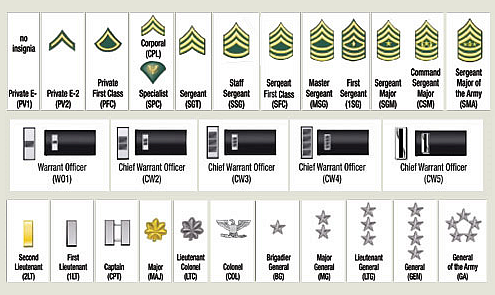It’s often said that you should simply “write great content for your users” in order to do well from an SEO perspective. I think it should be more correctly stated as: “Write great content about a topic that your users care about and which few have done a good job addressing”. There are many aspects of this definition that will be interesting to explore, but what we’re going to address in this article is how to write content “about a topic”. I would argue that the most important step in content optimization is a final “unoptimization” step you should always perform before finalizing any document – to ensure you’ve successfully made the document be *about* the topic you’re targeting. Read on »
Archive for the ‘SEO Content’ Category
Commenting in a thoughtful manner can be a great way to engage with your audience and peers, build links, and even garner click-through traffic. I’m *not* talking here about spamming WordPress blogs with thousands of auto-generated comments using automated tools. “Thoughtful” commenting, as I call it, adds value to the conversation, and makes the internet a better place, not a worse one. This article will detail best practices for what can be perfectly legitimate marketing practice, done properly and with the right intentions. Read on »
A few years ago, I included a contributed piece on how Tumblr was becoming an absolute monster in the marketplace. Since then, Tumblr was acquired by Yahoo and has grown even bigger since. This contributed piece by Amy Williams is a great overview of how businesses can take advantage of Tumblr; also in the near future I will detail how she contacted me and convinced me to accept this piece – it makes a great case study of link-building done right. – Ted Read on »
If you want to “Bring Back the SEO Cup”, you would do well to emulate the folks who designed and built the “Stars and Stripes” yacht back in 1986 and ensure that your website has a highly optimized design.
There are a number of SEO design principles for website architecture that have been extensively written on in the industry, including “Mapping Keywords to Content”, “Siloing”, “Keeping Your Website Shallow”, “PageRank Sculpting”, and “Internal Anchor Text Sculpting”. These principles are important because although you may not be able to control how much the outside world links to you, how your website is organized is completely under your own control, so you should take full advantage of your options in designing it.
This article will walk through the theoretical basis of each, so you can understand not only how to apply these principles, but *why* you should.
*Shout-out to my father, Dave Ives, who wrote an early Fast Fourier
Transform computer program that ended up being used to help optimize
the hydrodynamic design of the Stars and Stripes ’87 – great work Dad!
Search Engine Tools are a dime a dozen, but most only do a very tiny micro-task; substantially useful tools are few and far between. Here are my personal favorite free search optimization tools for SEO; some may be familiar but hopefully there’s a few surprises in here for you Read on »
For some time now, I’ve been developing a personal news aggregation website focused completely on SEO. I’ve decided to go ahead and make it available to the community at large.
Here’s the features:
It has long been known that on-page optimization, which typically focuses on document length and keyword density, can be aided by inclusion of words that are related to the target keyword. Related words aid ranking but can also improve the usefulness of the overall text, its readability, and the degree to which the document appears “natural”. Word Stems represent some of the *most* tightly related words you can pepper into a web page, and deserve close attention when creating content. This posting will explore word stems, how Google uses word stems, and will develop some best practices for utilizing word stems in web content. Read on »
As an SEO practicioner, you will often find yourself in the position of having to estimate traffic potential. If you’re like me, you’ve probably used the AdWords Keyword Research Tool to do this. Most people do this with “Exact Match” turned on and use the “Local Searches” number, then make assumptions about what position they might be able to obtain on average, then they assume an average click-through rate based on various studies that have been done on click-through rate versus position. For individual keywords, the click-through rate in reality will vary widely from the average, but if you’re doing estimates for hundreds or thousands of keywords this should “all come out in the wash”.
I’ve done this exercise numerous times but have always had the sense that I’m probably overestimating, because the traffic amounts predicted didn’t materialize, even when positions were achieved.
These two postings will identify the reasons for this, and we’ll construct Read on »
Last year, some people from the academic community who hadn’t been snatched up yet by Google or Bing did a really interesting study. Rather than simply researching factor correlations to rankings, as SEOMoz does a great job of doing every so often, they used machine learning techniques to create their own search engine, and trained it to reproduce results similar to Google. After the training process, they extracted the ranking factors from their trained engine and published them and presented on them at an industry conference. They were able, for the queries they trained on, to correctly predict Read on »










